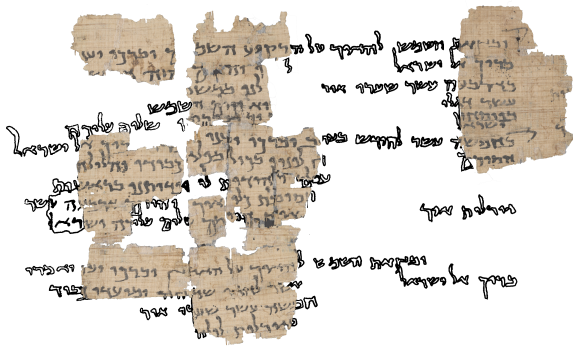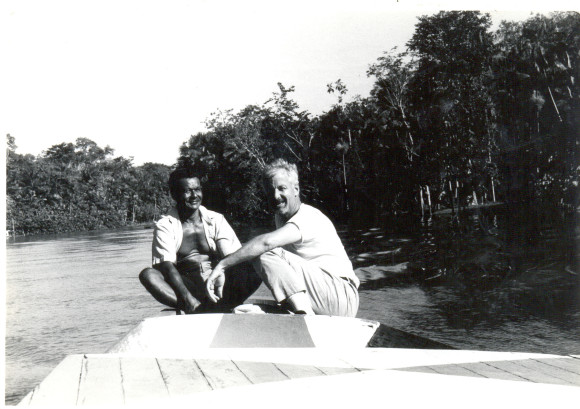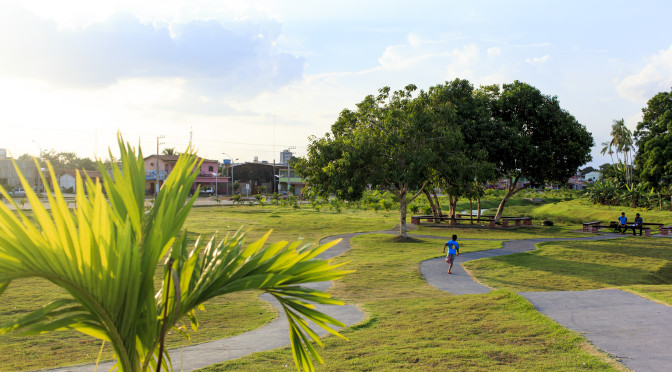For those of you who haven’t seen our magazine, Research|Penn State, and those who receive the print magazine but would like to read an e-version, our Spring 2016 issue is now available online in flipbook and downloadable PDF formats. Here’s a sampling of what you’ll find.

Our cover story, “The Genesis of Prayer,” delves into what the ancient Dead Sea Scrolls tell us about the practices of an unusual religious community and the origins of modern worship. Anyone who enjoys jigsaw puzzles or mystery stories will relate to how scholars like Penn State’s Daniel Falk reconstruct scrolls that have disintegrated into hundreds of pieces the size of postage stamps — that often have writing on both sides.

In “Back to the Forest,” author Dave Pacchioli revisits a piece he wrote for the magazine in 1996. Then, the story was that ecologist Chris Uhl had started a small research institute there to help Brazilian students learn how to do first-rate research and build alliances with local people to halt the rapid deforestation of Amazonian jungle. That small, ambitious beginning has developed into a stunning success, protecting vast stretches of jungle and bringing the city of Paragominas back from the brink of hell.

With summer coming on, no, it’s not your imagination: As you age, summers do feel hotter, and winters feel colder. Physiologist Larry Kenney tells us why, and whether there’s anything we can do about it, in “The Hot and Cold of Growing Old.”

In other stories, Shoba Sivaprasad Wadhia, founder and director of the Center for Immigrants’ Rights Clinic at Penn State Law, answers questions about U.S. immigration policy and fears that terrorists might enter the country as refugees. We also see how The Methodology Center brings order to research in the challenging fields of human health and behavior.
And then there’s Rob Kunz, the aerospace engineer who led a team that put a miniature version of a submarine propeller inside the human heart. The device, called a percutaneous heart pump, keeps blood flowing in the hours and days after a heart attack, keeping the patient alive and allowing the heart muscle to heal.
Great stories about great research — check them out!
P.S. If you like what you see and would like to sign up to receive future issues of the print magazine, drop me a line at clw43@psu.edu and we’ll add you to our subscription list. No charge.

